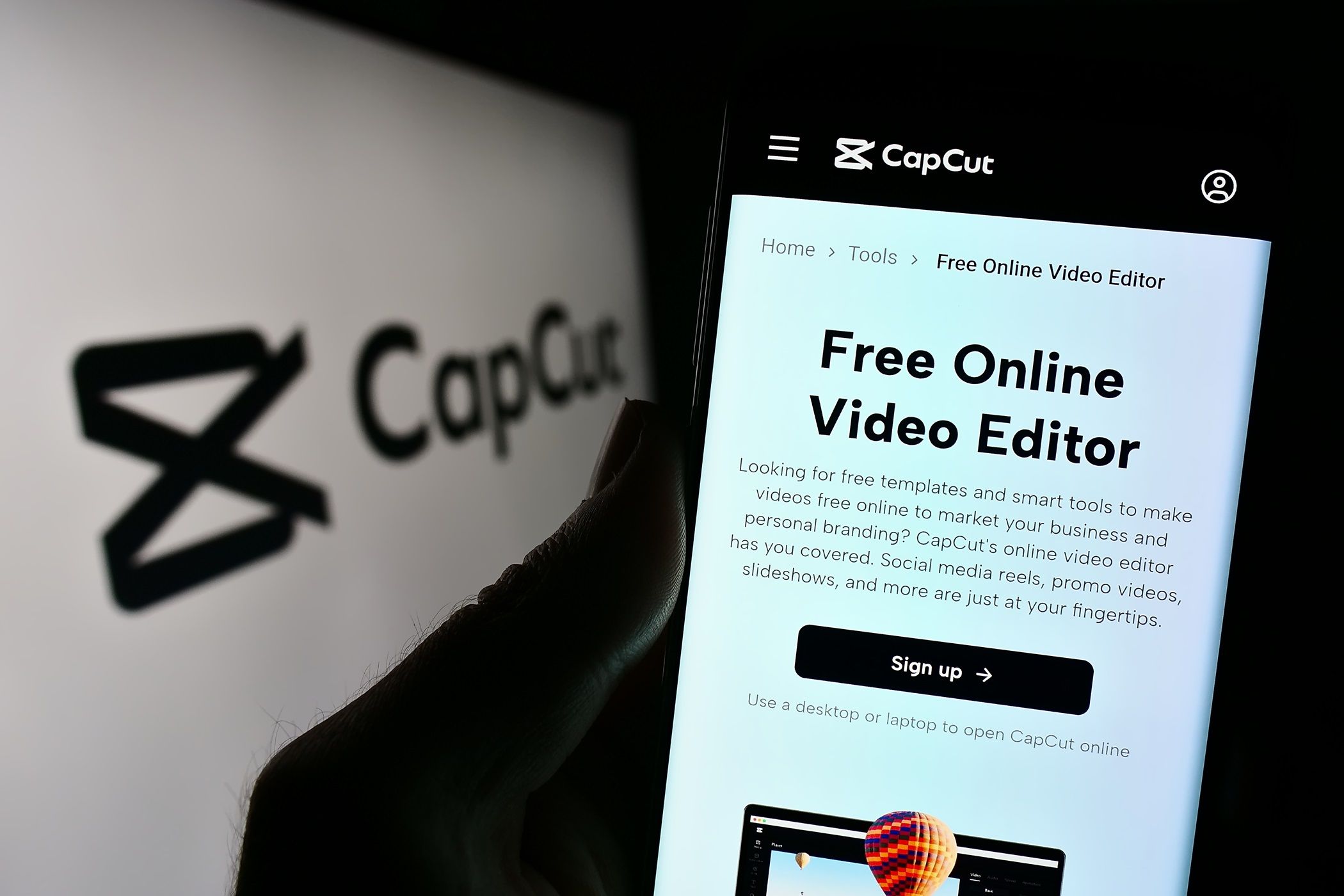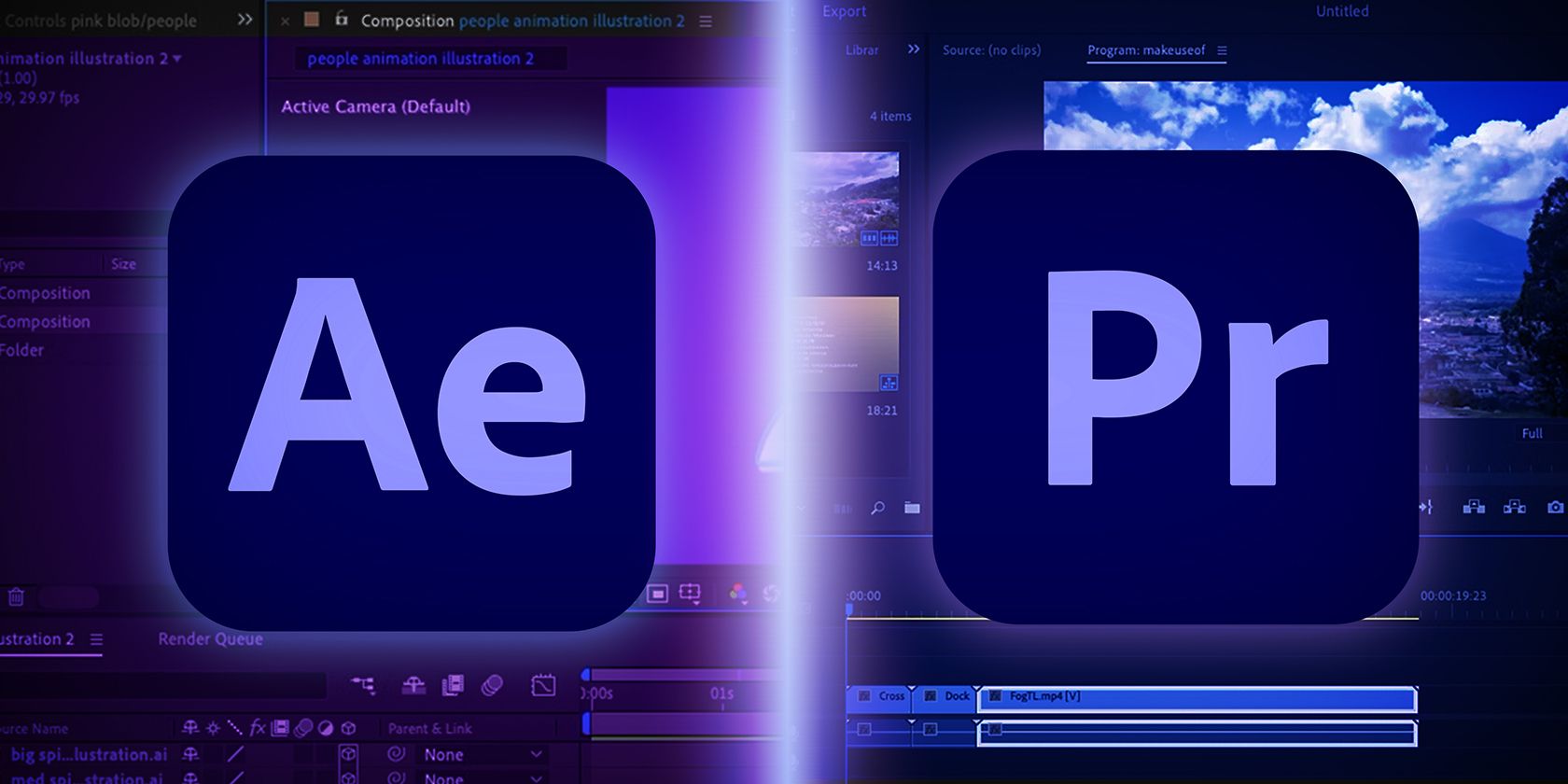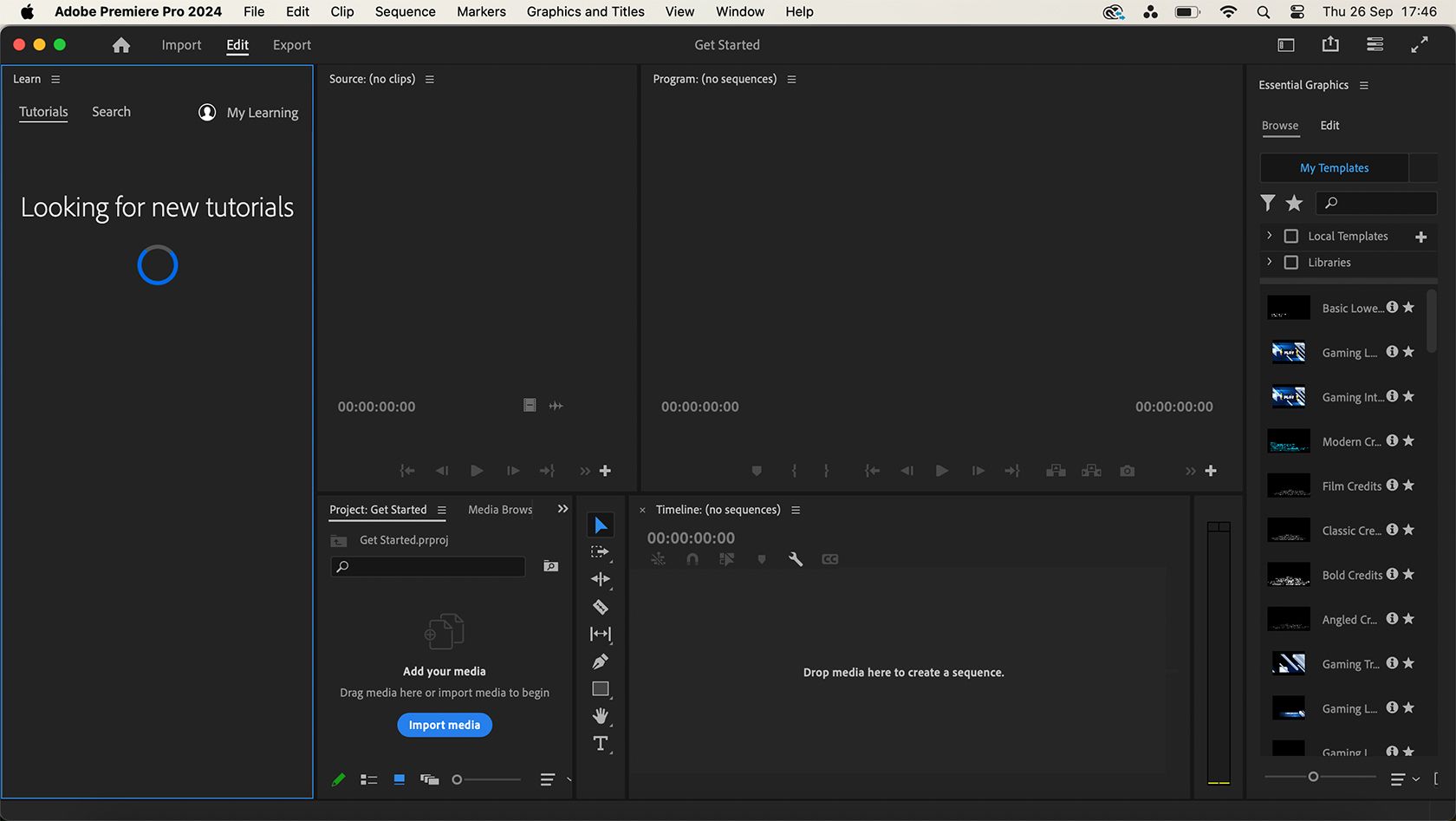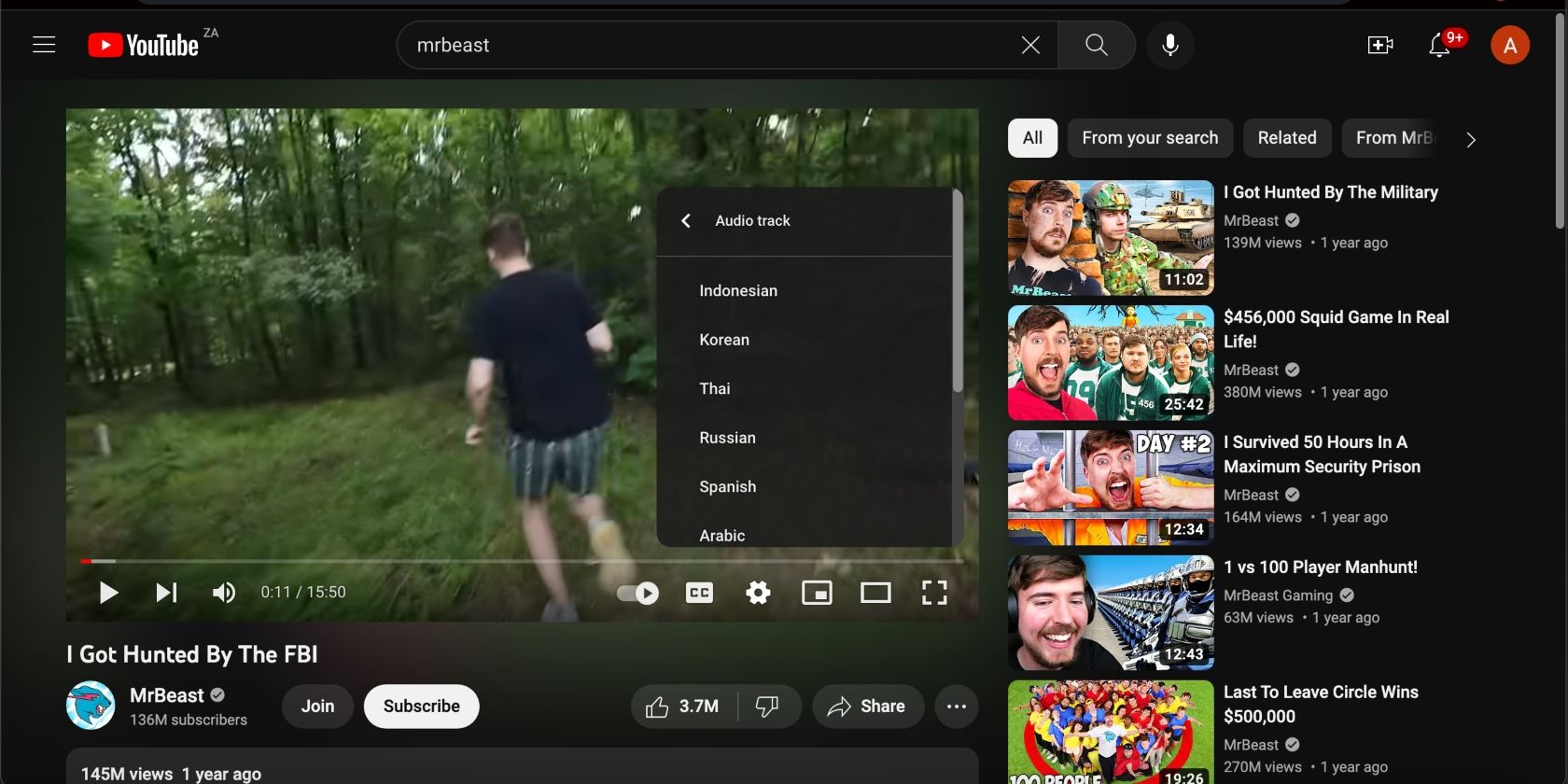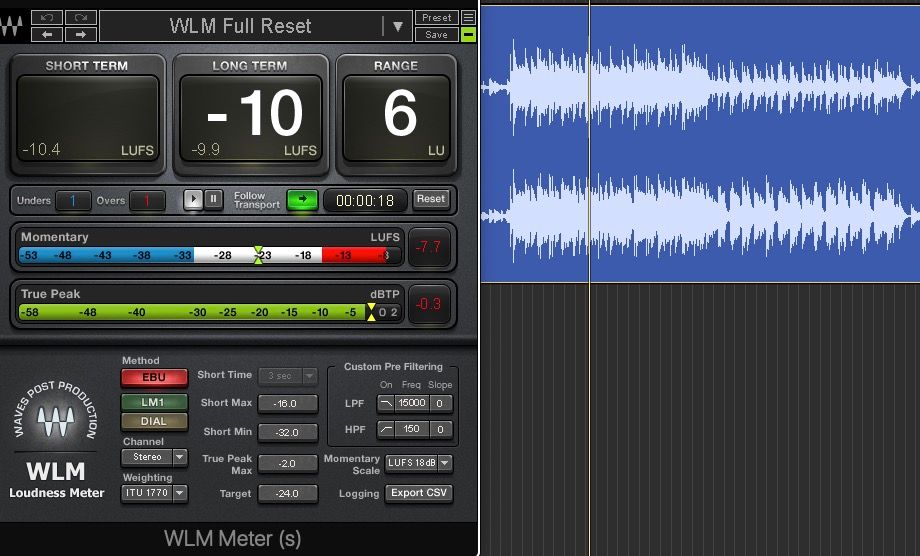Key Takeaways
- Start with free video tools before investing in more advanced software to save money and avoid confusion.
- Trial different video editing tools to find what suits your needs best; not all tools are created equal.
- Learn video editing terminology, plan your editing outcome, follow tutorials, take it slow, and imitate to learn.
Video editing is so much fun, but it is complex to learn for newbies. Whether you’re a novice at post-production in its entirety or simply want to learn a new video editing tool, you’ll have an easier time if you follow these tips.
Before investing money and delving into learning complex video editing software, you should consider starting with free video editors. While they can still be as complex to learn, you’ll ensure you’re not spending money that could be better used elsewhere.
The CapCut video editor is free and a great calternative to Premiere Pro—a paid software—but the free version does have limitations that CapCut Pro users avoid if they subscribe.
For entirely free video editing software, DaVinci Resolve is a great option. Even as free software, it’s often used in professional settings and has great tools and plugin options.
Once you’re comfortable in your chosen free video editor, you can choose to stay with it or invest some money into higher standard software like Adobe Premiere Pro, DaVinci Resolve Studio, or others available with both subscription or perpetual license options.
Not all video tools are created equal, so don’t assume that the most popular, most expensive, or easiest-to-access tools are necessarily the right ones for you and your video editing needs.
You might want more focus on animation rather than raw footage editing. In that case, software like Adobe After Effects (AE) should be used. Adobe subscribers can use both After Effects and Premiere Pro with seamless integration to complete videos—AE is best for animation and VFX compositing, whereas Premiere Pro is better for long-form video and movie creation.
Maybe you want to create fun-looking videos, but you’re not so bothered about learning in-depth video editing software. You can use a template-based video editing tool like CapCut, ClipChimp, Adobe Express, or Canva.
Using the above advice, experiment with free software or free trials to test if it offers what you need.
3 Learn Video Editing Terminology
Knowing the terminology in video editing is important, especially if you’re working with clients or a creative team knowledgeable in post-production.
When checking out new software, focus on the terminology used for that software, as each program may use different terms—although it’s more common in video production software to use the same labels. This is different than learning about photo editing tools which more often use different labels for the same or similar tools across different software.
Shortcuts on your keyboard will save a ton of time when needing to split and trim clips, switch between viewpoints or camera angles, add common effects like easy ease keyframes, and scrub back and forth when working out the timing. Learn the keyboard shortcuts—or customize your own—as soon as you can in order to adopt a smoother workflow.
4 Know What You Want to Achieve
Videos take time to edit. Whether you’re editing your own footage, or editing someone else’s as their editor, you need a plan for the outcome before you start editing the video footage.
Draw up or write a storyboard and make notes about aspects like A-roll or B-roll footage, on-screen narration from talking heads or off-screen audio narration, what type of audio you need, and any animated elements like captions, call-to-actions, or intro sections.
Along with a timed storyboard, plan—based on the intended audience—what effects, filters, or transitions your video should use. It might be easier to throw on a random transition to switch between two clips of video, but the effect will change the mood of the video. For example, don’t use an iris swipe for a serious video, and don’t use a black and white dissolve transition on a fun one.
5 Find Tutorials and Learn From Others
You’re learning video editing at the best time—there are unlimited tutorials and classes available to learn post-production software and techniques.
YouTube is an incredible free resource. Video tutorials can show you the result you’re striving toward before showing you how to achieve it, allowing you to see exactly what you’re learning to create.
Besides video tutorials or video classes, there are written tutorials. MakeUseOf has tutorials on DaVinci Resolve techniques as well as Premiere Pro and After Effects, and some free video editing tools too.
If you’re set on learning video editing tools, it wouldn’t go amiss to sign up to a short-term class at your local community college or an institution near you. Learning how to edit videos is frustrating and takes a lot of energy—being in a class situation with other people helps you stay motivated and allows you to ask for help and advice from your tutor.
6 Take It Slow
As mentioned, video editing isn’t a quick or easy thing to learn. While you’ll be excited to achieve great results when you first start, remember to learn at a slow enough pace to make sure you don’t get ahead of yourself.
Give yourself small goals, such as learning how to rotoscope or learning how to time audio to video footage. Focus on one task at a time until you understand how to achieve it, then move on to your next task. These tasks may take multiple sessions to achieve, but don’t let that dishearten you.
Alternatively, instead of learning in task-based bites, give yourself the challenge to learn for one hour per day (or any length of time that works for your schedule). Don’t expect to produce a Hollywood movie by the end of the week, but learning with time parameters can help keep you focused and ensure you’re keeping a nice pace of learning.
7 Imitate the Pros
While using the previous tips in your learning journey, don’t go in blind when you’re still so new to video production. Find your favorite video creator, filmmaker, or producer and see how much of their style you can replicate.
Some famed filmmakers have obvious and well-known styles which are fun to learn how to do. Just don’t be disheartened after spending hours learning how to make your videos look like a Wes Anderson film only to find it’s just as easy to use a TikTok filter.
If you’re learning to edit short-form videos, look at famed YouTube video creators like Mr. Beast or KSI for great options to learn fun and fast transitions, visual effects, and audio timing.
Don’t think you have to stay within the bounds of your chosen video editor in order to learn how to edit videos. Not only do most video editing software offer external plugins, but many can also integrate with other software, like image editing tools, animation tools, and audio tools.
You can also use traditional filmmaking methods like time-lapses or hand-drawn animations to help inspire how you utilize digital video editing software.
Learning how to edit videos or finding a new video editing tool can feel overwhelming. There’s a huge wealth of knowledge available, with plenty of teaching styles and techniques for you to adapt to. Whether you choose to learn a complex post-production software like Adobe Premiere Pro or a more lightweight video editing tool like ClipChamp, you’ll likely benefit from following all the tips above.

